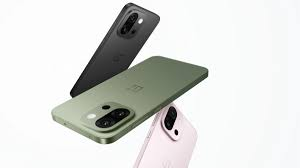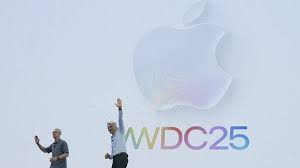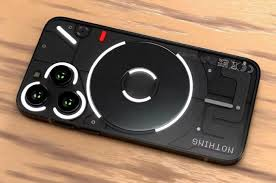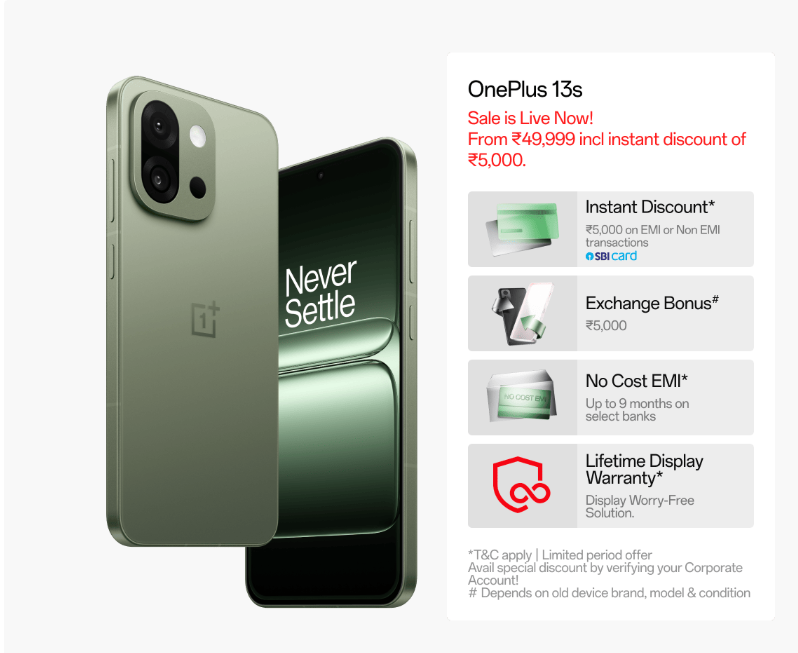OnePlus 13s Takes on the iPhone 16 Pro: A Clash of Ecosystems

OnePlus 13s Takes on the iPhone 16 Pro: A Clash of Ecosystems
As Flagship Phones Reach Peak Performance, the Battle for Your Loyalty Moves Beyond Specs and Into the Seamless Integration of Your Digital Life.
The annual smartphone war has taken a decisive turn. With raw performance—processor speeds, camera megapixels, and display quality—largely reaching a point of parity, the new battleground is the ecosystem. This year, the conflict is perfectly encapsulated by two flagship contenders: Apple's newly launched iPhone 16 Pro, the refined heart of its walled garden, and the OnePlus 13s, a "flagship killer" designed not just to be a great phone, but the anchor of a burgeoning and open ecosystem.
This clash is no longer just about which phone is better in isolation, but which digital universe you want to inhabit.
The Contenders: A Tale of Two Philosophies
Apple iPhone 16 Pro: The Fortress of Polish
Apple’s strategy is one of seamless, iron-fisted control. The iPhone 16 Pro, powered by the new A18 Pro chip and running iOS 26, is the ultimate expression of this. It doesn't just work; it works with your MacBook, Apple Watch, and iPad in a way that feels like magic.
- Key Hardware: 6.3-inch Super Retina XDR display, A18 Pro chipset, advanced triple-camera system with a 48MP primary sensor, Titanium build, and a new dedicated "Camera Control" button.
- The Ecosystem Pitch: Your iPhone is the remote control for your life. With iOS 26, features like Apple Intelligence are deeply, yet subtly, woven in. Your Mac gets a native Phone app with shared call history, Handoff lets you start an email on your phone and finish on your laptop, and your Apple Watch acts as a trusted companion for health and notifications. It’s a closed loop, but one that is impeccably polished and secure.
OnePlus 13s: The Open-World Challenger
OnePlus, with its new "flagship killer," the OnePlus 13s, represents the power and flexibility of the Android ecosystem. Running OxygenOS 15 (based on Android 15) and powered by the formidable Snapdragon 8 Elite chip, the 13s is designed for users who want top-tier performance and the freedom to choose.
- Key Hardware: 6.32-inch 1.5K LTPO AMOLED display, Snapdragon 8 Elite chipset, dual 50MP camera system, a massive 5,850mAh battery with 80W charging, and a new customizable "Plus Key."
- The Ecosystem Pitch: The OnePlus ecosystem is about powerful, interoperable connections. It may not be as hermetically sealed as Apple's, but it's rapidly maturing. Seamless file sharing and internet connection sharing between the OnePlus 13s and the OnePlus Pad 2, quick pairing and high-fidelity audio with OnePlus Buds, and deep integration with Google's suite of AI and cloud services offer a different kind of cohesion—one built on choice and broad compatibility.
The Clash Points: Where the Battle is Won and Lost
1. Device Continuity & "The Flow"
- Apple's Edge (The Walled Garden): This is Apple's trump card. Universal Clipboard, Sidecar (using an iPad as a second Mac display), and Auto Unlock with Apple Watch are features that are incredibly difficult for a fragmented ecosystem to replicate perfectly. They just work, with zero setup.
- OnePlus's Counter (Flexible Integration): OnePlus is closing the gap with features like "AI Plus Mind," triggered by the new Plus Key, which can capture and analyze on-screen content for use across devices. Cross-device features like file sharing and cellular connection sharing are robust. It leverages the best of Google and Microsoft—like Phone Link for Windows—to connect to the wider world of PCs, something Apple still treats with disdain.
2. Artificial Intelligence: Subtle vs. Direct
- Apple Intelligence: Apple's approach is subtle and privacy-focused, with most processing happening on-device. It enhances existing apps—improving search, summarizing text, and offering tools like "Genmoji"—without putting the AI front and center. It’s less about a flashy chatbot and more about making the entire OS smarter.
- OnePlus AI & Google: OnePlus is more direct. It integrates Google's powerful Gemini for features like "AI Voice Scribe" and "AI Search." It’s less about an overarching "intelligence" and more about providing powerful, distinct AI tools that users can actively engage with. For those who live in Google's universe (Docs, Photos, Assistant), this is a native advantage.
3. The "Extended Universe": Watches, Earbuds, and Tablets
- Apple's Unbeatable Cohesion: The Apple Watch is more an extension of the iPhone than a separate device. AirPods offer instant pairing and spatial audio that seamlessly follows you between your iPhone, iPad, and Mac. It’s an experience designed from the ground up to be singular.
- OnePlus's Growing Arsenal: The OnePlus ecosystem is catching up fast. The OnePlus Watch 2 and Buds 3 Pro offer high-quality experiences with features like LHDC for superior audio (when paired with a OnePlus phone). The synergy is growing, offering a premium experience often at a more competitive price point.
4. The Philosophical Divide: Control vs. Customization
- iPhone 16 Pro: What you get is what Apple deems best. This results in unparalleled consistency, security, and ease of use, but at the cost of personalization.
- OnePlus 13s: Your device, your rules. From custom launchers and icon packs to deep system settings and the new programmable Plus Key, the 13s is for users who want to tailor their device to their exact workflow.
Verdict: Which Ecosystem Wins?
There is no single winner; there are only different victors for different users.
- Choose the iPhone 16 Pro & Apple's Ecosystem if: You are already invested in other Apple products (Mac, iPad, Watch), prioritize a seamless, "it just works" experience, value top-tier privacy and security, and prefer a polished, consistent user interface over deep customization.
- Choose the OnePlus 13s & the Android/Google Ecosystem if: You value choice, hardware performance-per-dollar, and customization. You want a device that works well with a Windows PC, live within Google's suite of services, and appreciate features like blazing-fast charging and the freedom to make your phone truly your own.
The clash between the OnePlus 13s and the iPhone 16 Pro is proof that the most important feature of a modern smartphone is no longer the device itself, but the world it unlocks.
League Manager Editorial Team





Leave a Comment